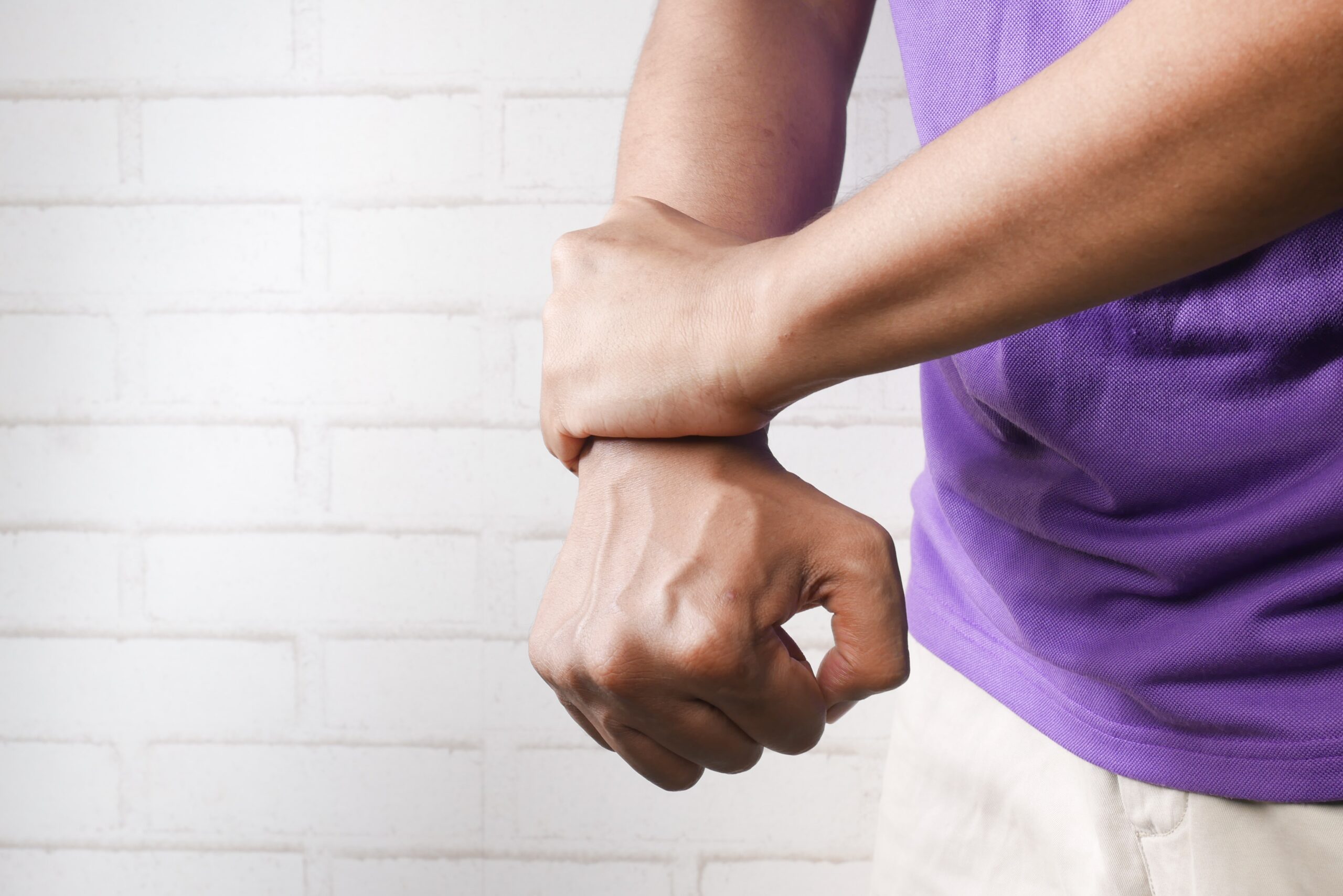
It comes as no surprise that exercise has an endless list of benefits for our body; it reduces the risk of heart diseases, helps maintain your blood sugar and insulin levels, improves your mental health and mood, and increases strength and flexibility whilst reducing pains and combatting fatigue. However, the benefits of exercise for our joints is often overlooked.
The most common example of the advantages of exercise for our joints is in people with arthritis. Let’s look at this in more detail.
Arthritis is a common condition that results in substantial pain and inflammation to the joints, with over ten million people in the UK alone suffering from this condition. It can affect people of all ages and is categorised into different types depending on the location of the inflammation. The most prevalently discussed types of arthritis are osteoarthritis and rheumatoid arthritis, both of which we provide treatment for at Opus. We discuss the types of arthritis in more detail here.
During exercise, people with arthritis and joint pain describe a significant reduction in their pain alongside a notable increase in their range of motion. But how does physical activity exert these effects? Below are five benefits that exercise yields and how this is advantageous to the joints:
- Synovial fluid lubricates the joint. Each joint in the body is surrounded by soft tissue, also known as the synovial membrane, that is capable of producing fluid. This fluid acts as a lubricant, enabling the bones at each joint to slide past one another in a smooth motion. During exercise, the circulation of this fluid is increased and, therefore, reduces any pain at the joint.
- Blood flow increases. During physical activity, our heart increases at a much faster pace. This results in an increase in blood circulation throughout the body, including at the joints. This exposes the synovial membrane to an increased and steady supply of both oxygen and nutrients.
- Joint-repair genes are switched on. This is a relatively unresearched area; however, studies have shown that genes play a significant role in joint repair, with these being activated by physical activity and joint movement.
- Cellular waste is removed. During exercise, a process called autophagy is triggered. Autophagy refers to the biological process in which damaged cells are broken down and removed. The build-up of these cells at the joint can often cause severe pain and limits movement; therefore, ensuring these are removed can instantly decrease the pain experienced.
- Increase in muscle mass. It is no surprise that exercise strengthens muscles, ligaments, and tendons in the body; this includes those surrounding the joints. When these elements are strong, they behave like a brace, protecting the join from harm. Moreover, physical activity also increases your overall range of motion, enabling your joints to withstand more pressure.
At Opus, we can assess the root cause of your joint pain and recommend specific sports medicine-backed exercises to lessen this discomfort. Beyond this, we also provide regenerative treatments that may provide long-term pain relief. Get in touch to discuss how we can assist you on your journey.
